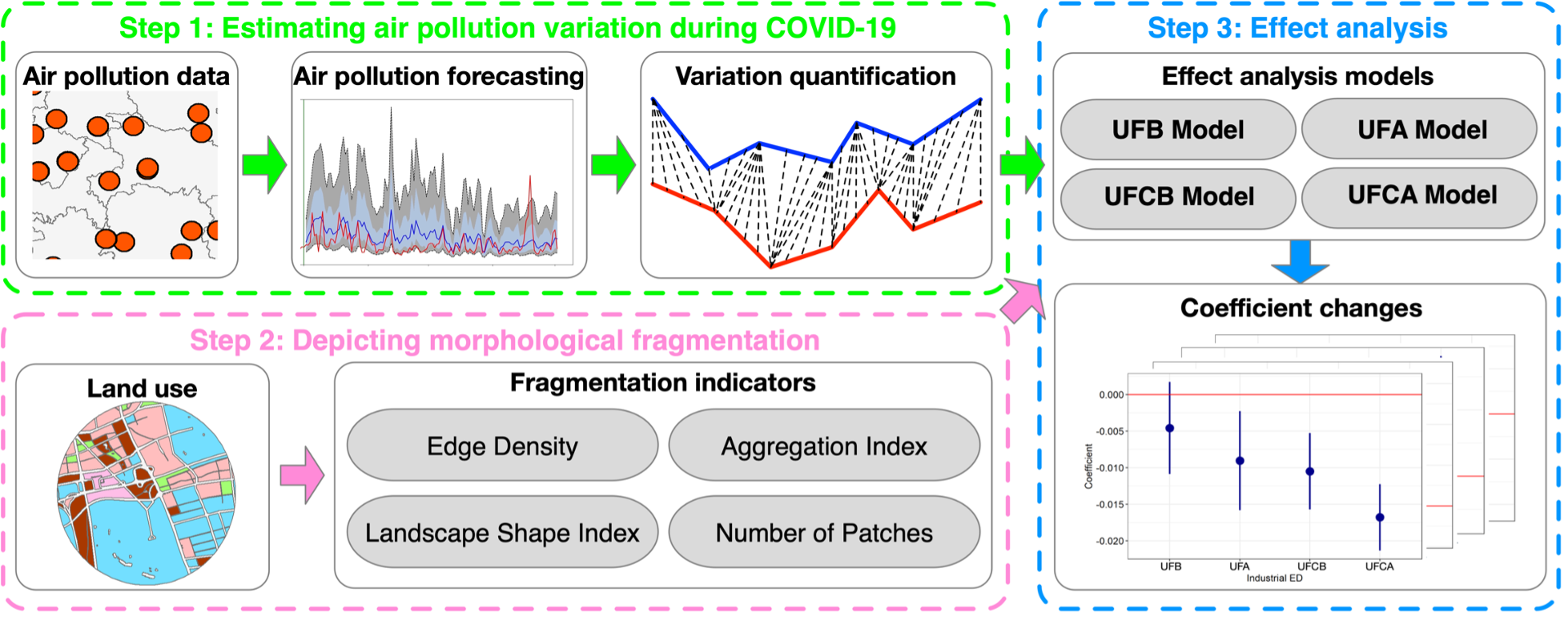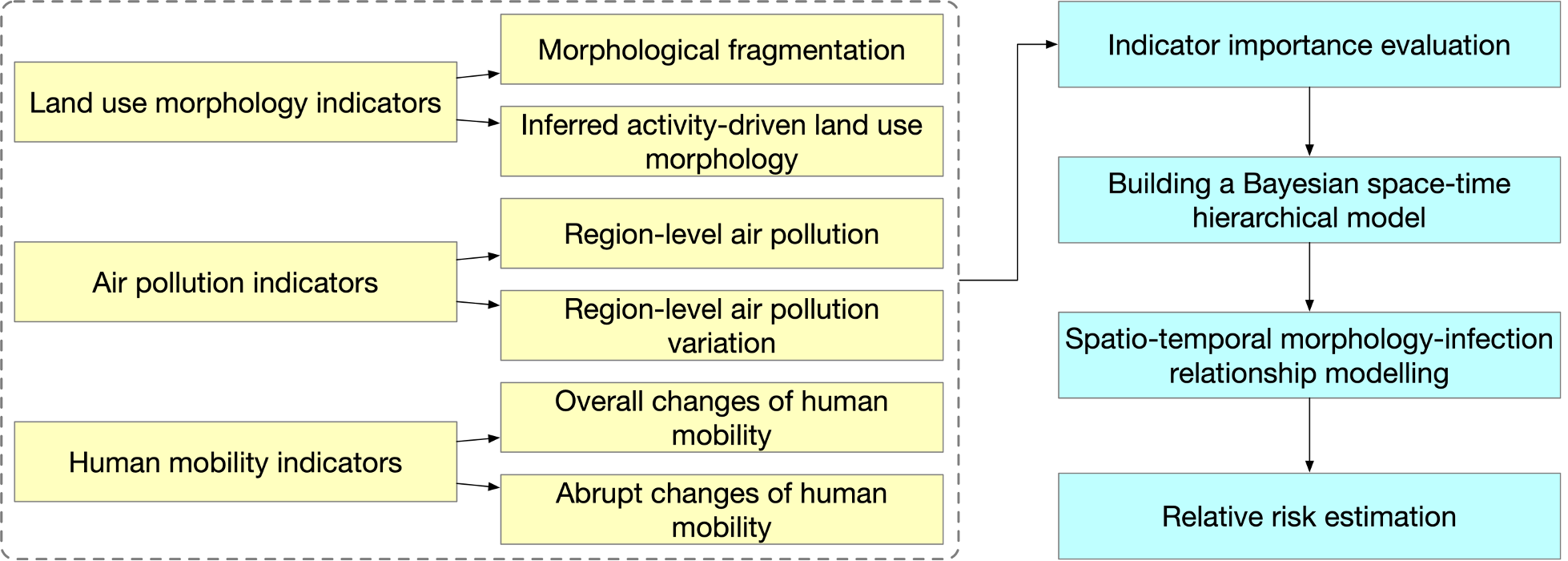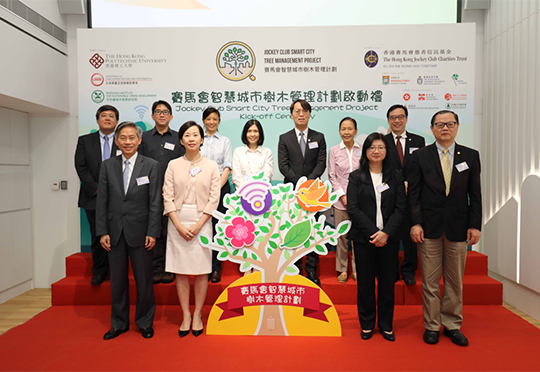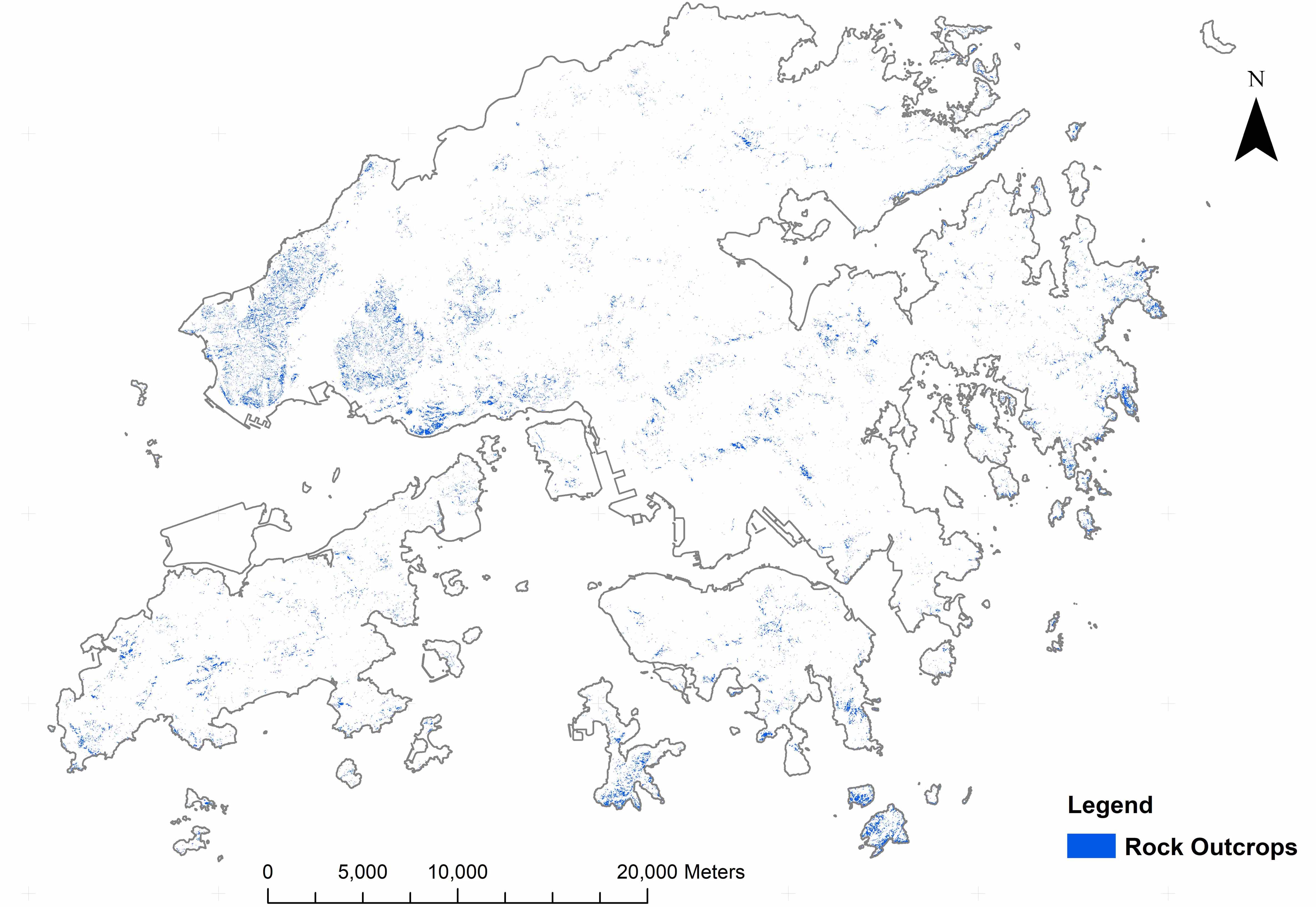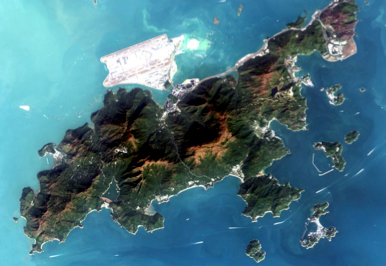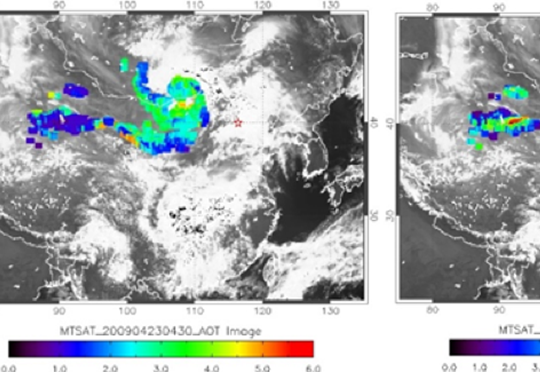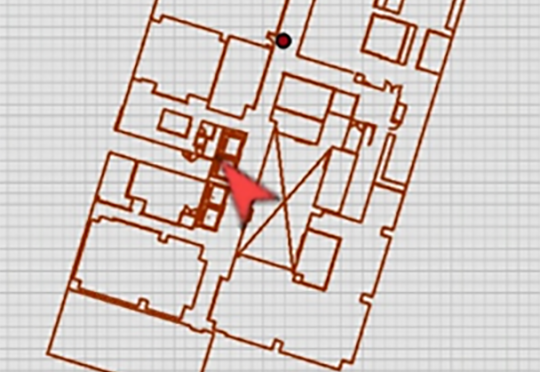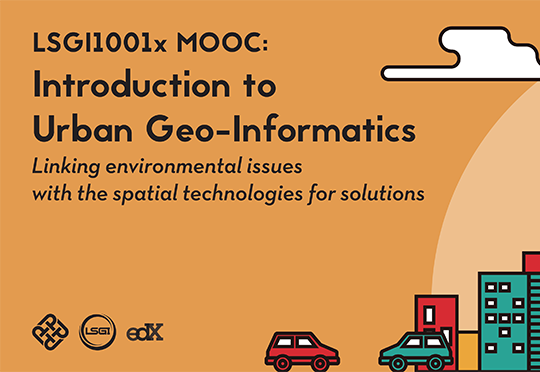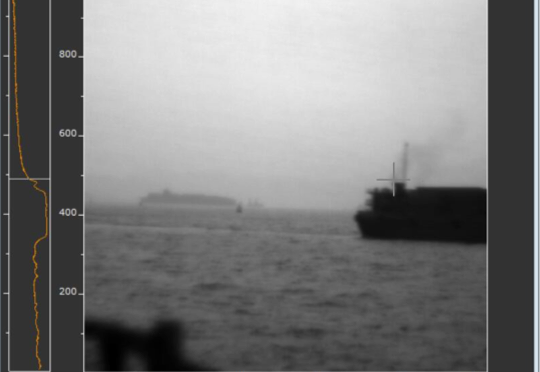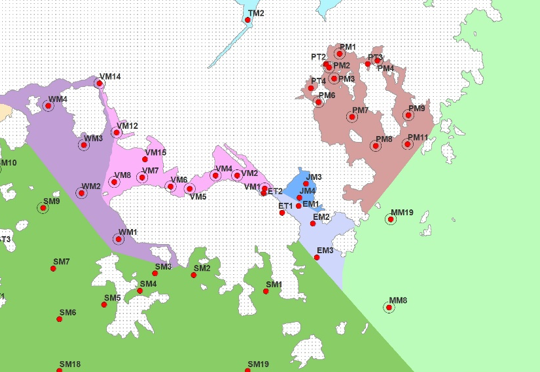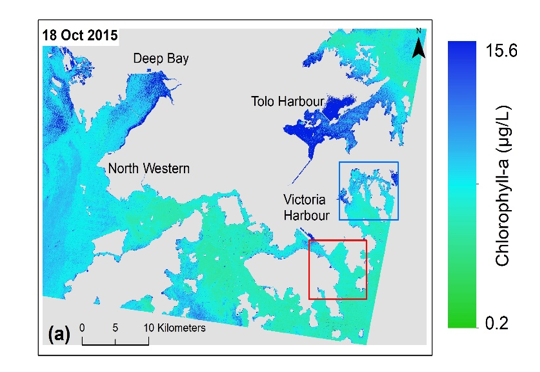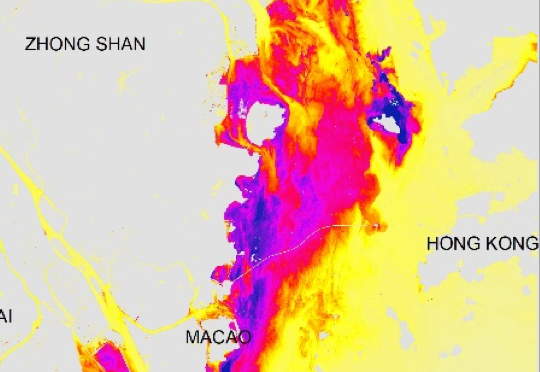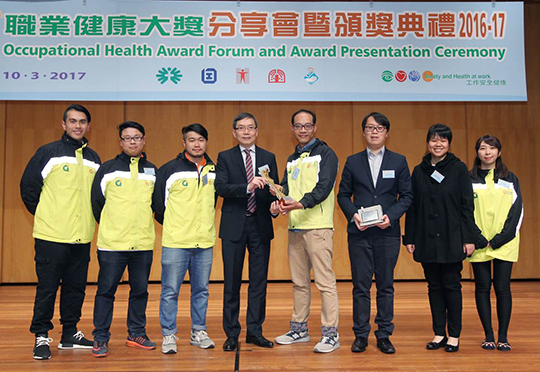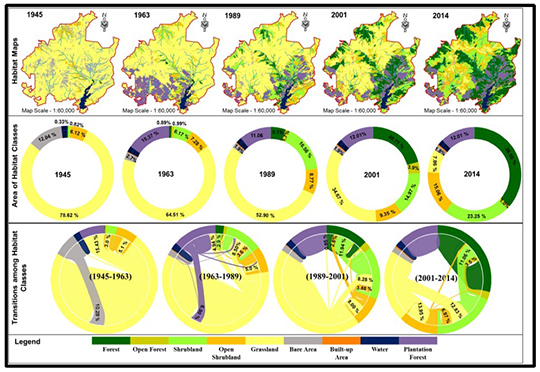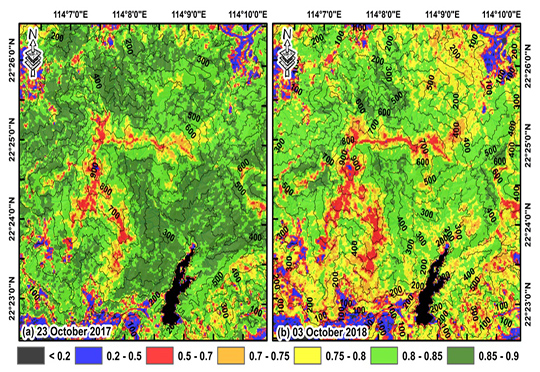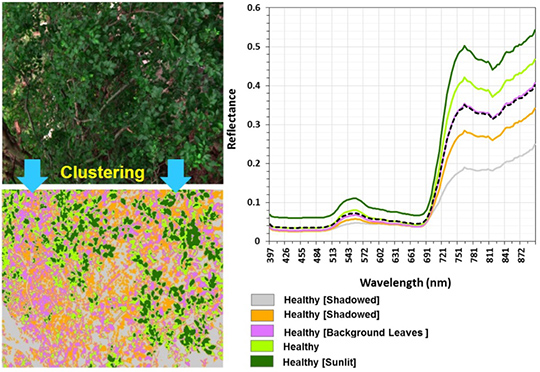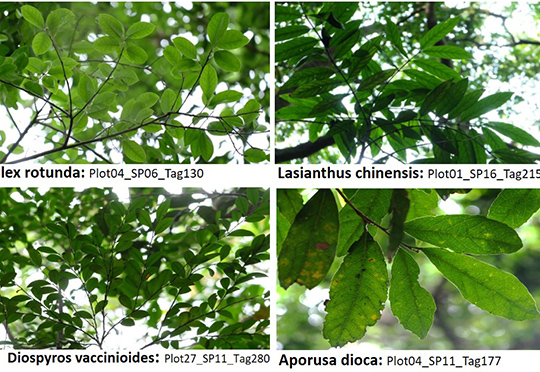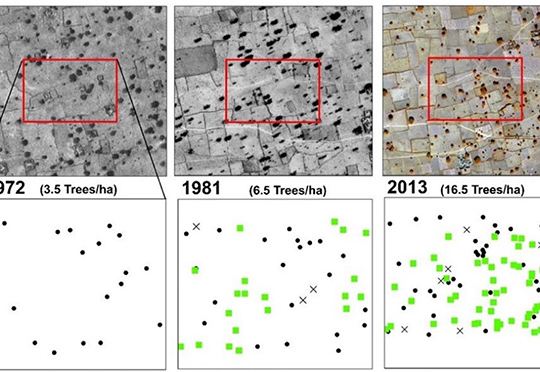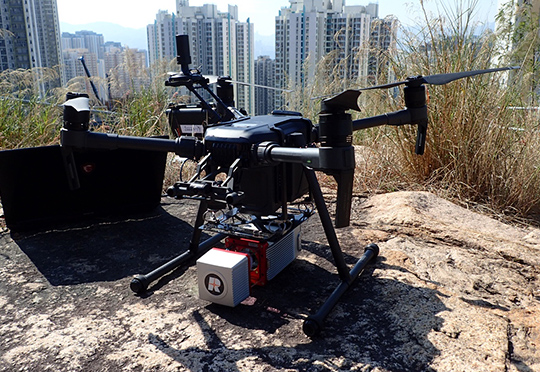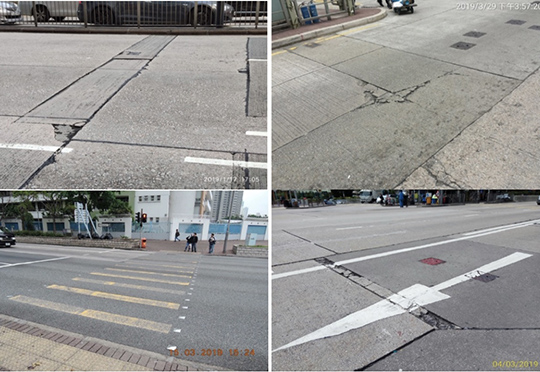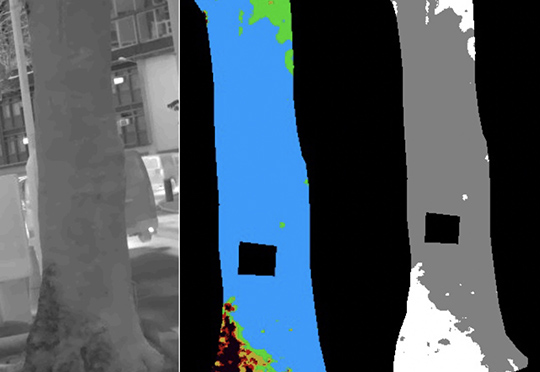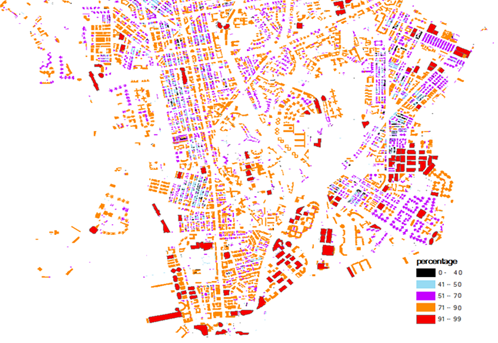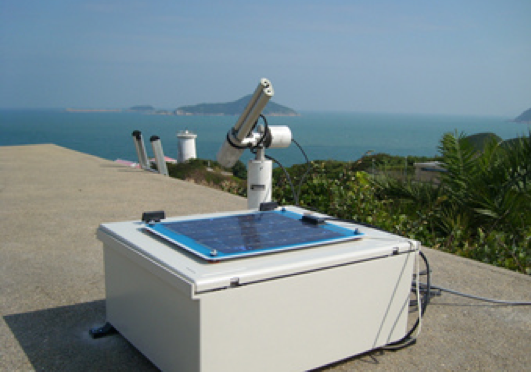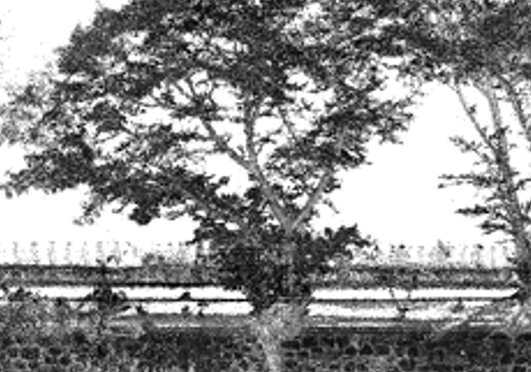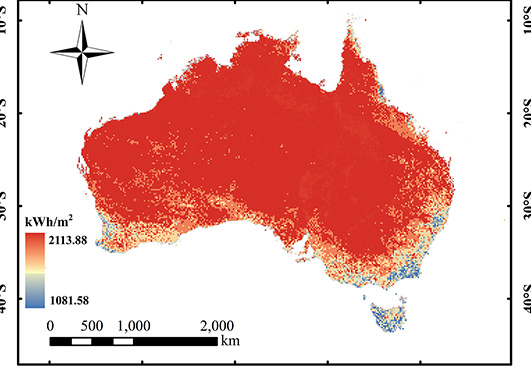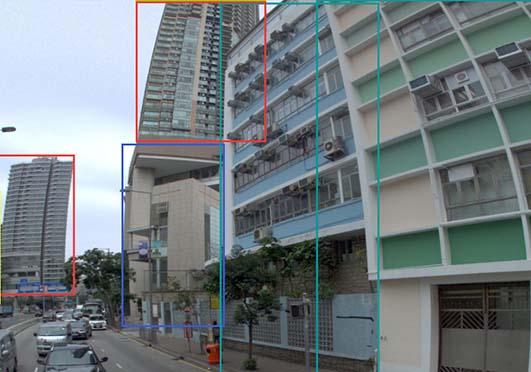-
Project Details
Land use morphology presents the generalization and interactions of main elements of streets, buildings, and public spaces and precisely depicts physical forms of cities (T. Chen, et al., 2019; Lynch, 1984; Manonmani & Suganya, 2010). Understanding the spatial structures of land use morphology is important in designing urban-rural environments, managing natural resources, and detecting rapid urbanisation (Anderson, 1976; Treitz, Howarth, & Gong, 1992; Wentz, et al., 2006). Representing the socioeconomic characteristics of morphology, the land use represent various human activity-driven functions such as residential, commercial, and public uses (Anderson, 1976; Matsuoka & Kaplan, 2008). The morphology with land use characteristics, namely land use morphology, integrates both environmental and socioeconomic characteristics of regional structures. Understanding these varied spatial structures has compelling significance in supporting city planning and policymaking for assessing the on-going environmental and socioeconomic conditions.
The rapid emergence of Coronavirus Disease 2019 (COVID-19), caused by severe acute respiratory syndrome coronavirus 2 (SARS-CoV-2), has significantly changed the business-as-usual environmental and socioeconomic conditions. As this new virus is highly contagious and can be transmitted through person-to-person physical contact, countries around the world proposed many policies, including lockdowns and the restricted social distancing measures, to mitigate the spread of the disease (Fisher & Wilder-Smith, 2020; Schlosser, et al., 2020). Research has reported that 90% level of social distancing compliance could control the disease within 13-14 weeks (S. L. Chang, et al., 2020). The restricted social distancing measures have also brought to the varied conditions of individual exposure to air pollution (Giani, et al., 2020; G. He, Pan, & Tanaka, 2020). Evidence has been provided that the lockdowns have caused 60% and 31% decline in nitrogen dioxide (NO2) and fine particulate matter less than 2.5 ug in diameter (PM2.5) and an increase trend in ozone (O3) until 15 May 2020 in 34 countries (Venter, et al., 2020). Considering the unprecedented societal implications, it is essential to investigate the substantial changes of air quality and human activity counterfactual to business-as-usual situations, and further evaluate their potential impact on the spread of COVID-19.
Assessing the Impact of Land Use Morphology on Air Pollution and Human Mobility for COVID-19 Incidence
The aim of this study is to assess land use morphology on COVID-19 confirmed cases on a global scale:
• To investigate and compare the impact of land use morphological characteristics on air pollution variation before and during COVID-19 lockdown• To quantify the potential mobility capacity from the perspective of land use morphology
• To explore the mediated impact of land use morphology on the interactions between air pollution/human mobility and COVID-19 incidence